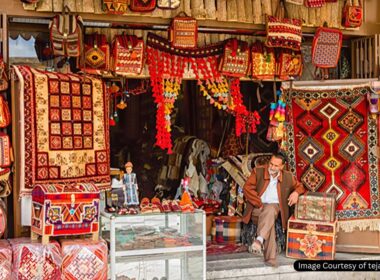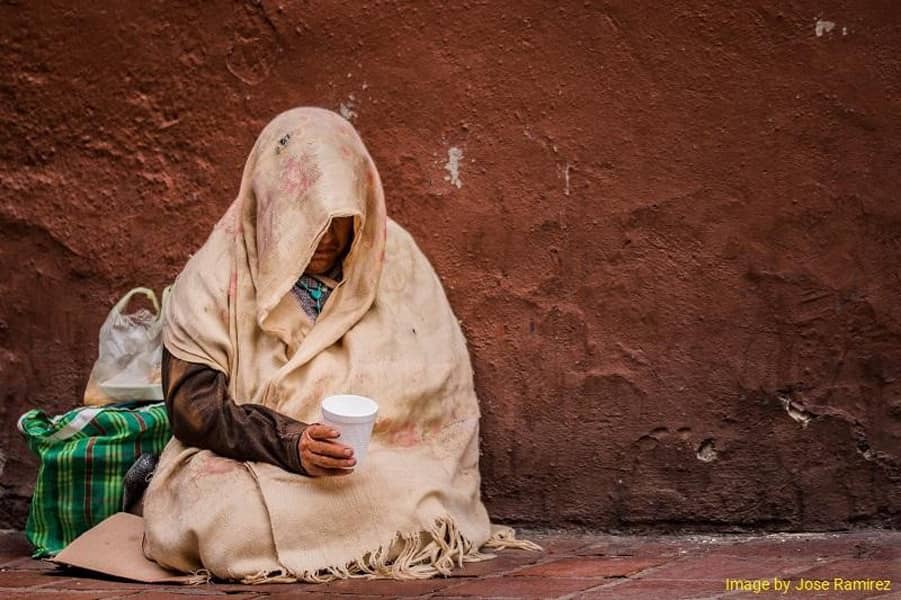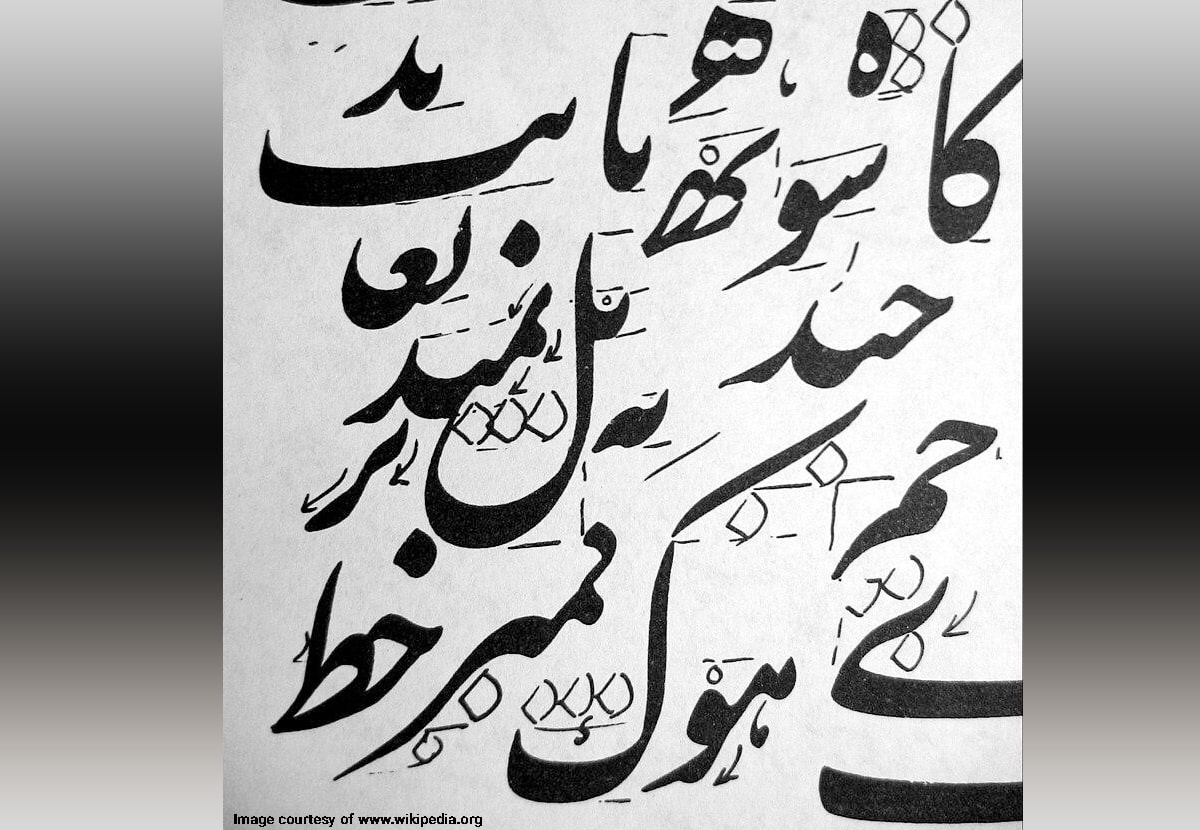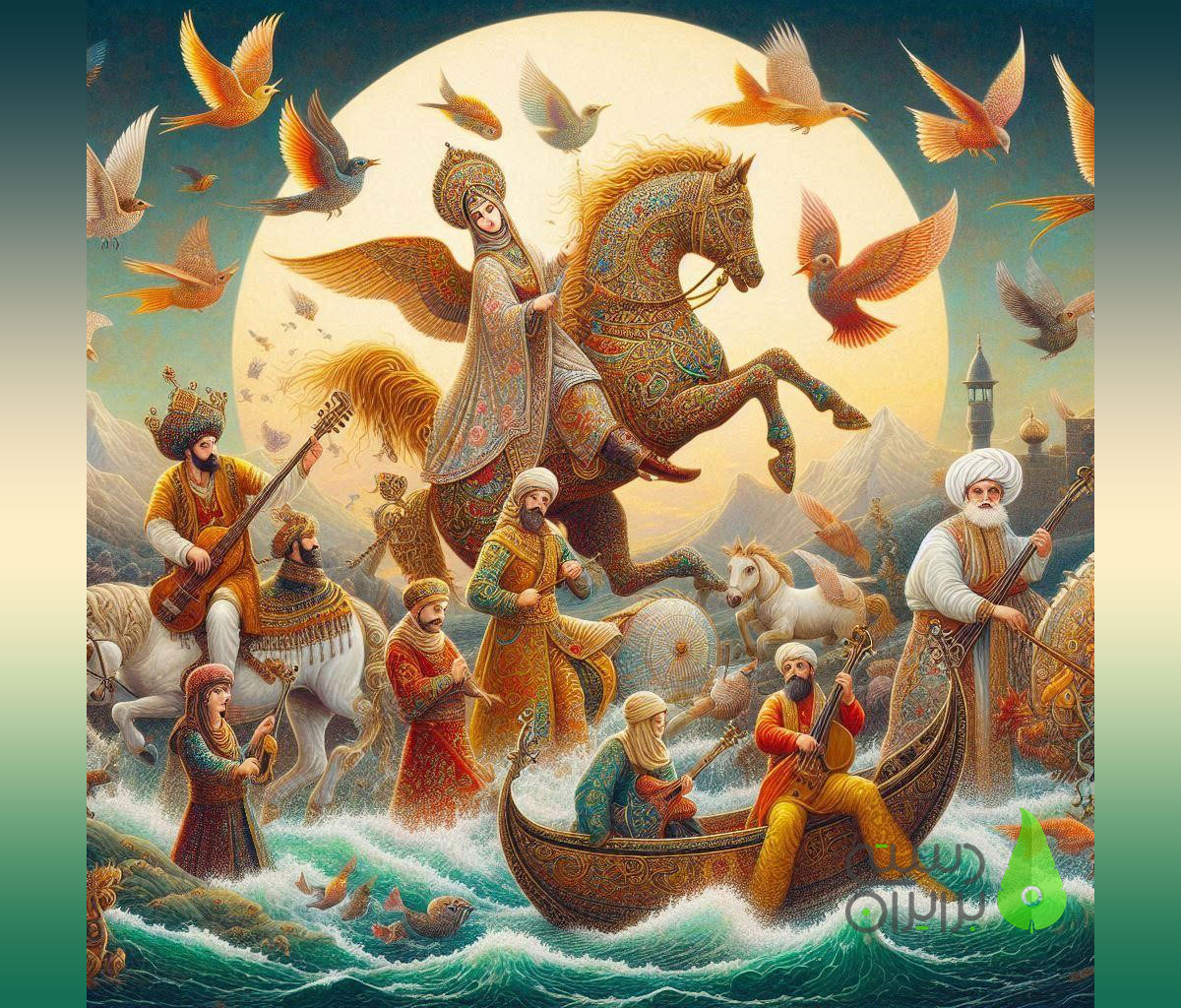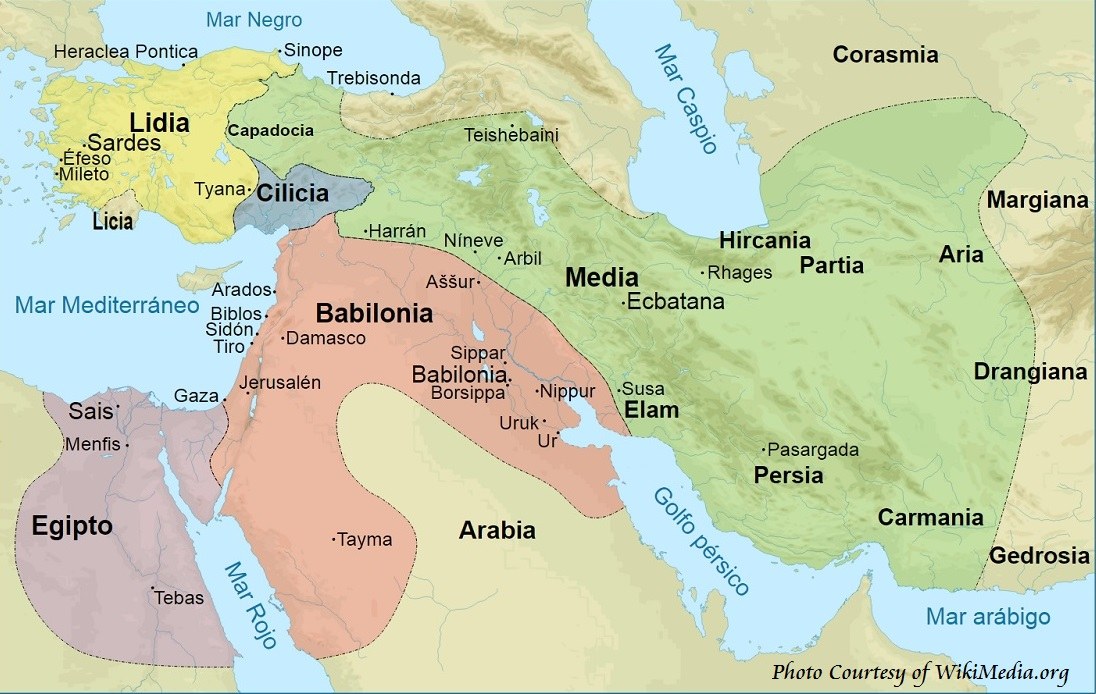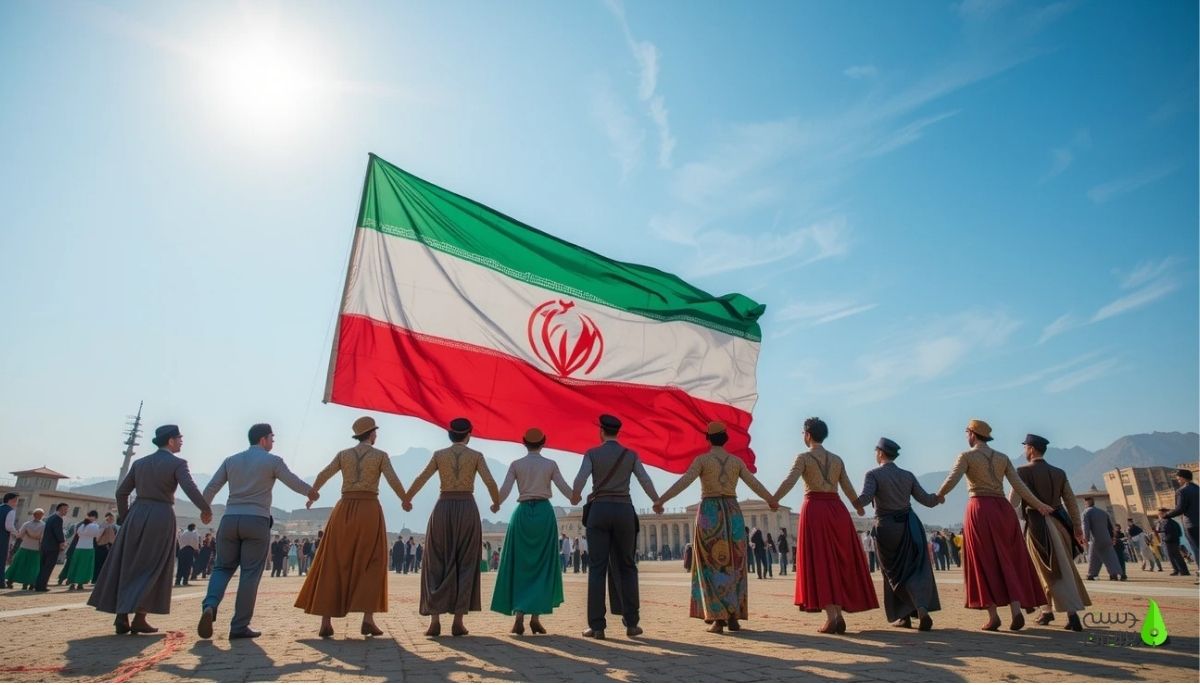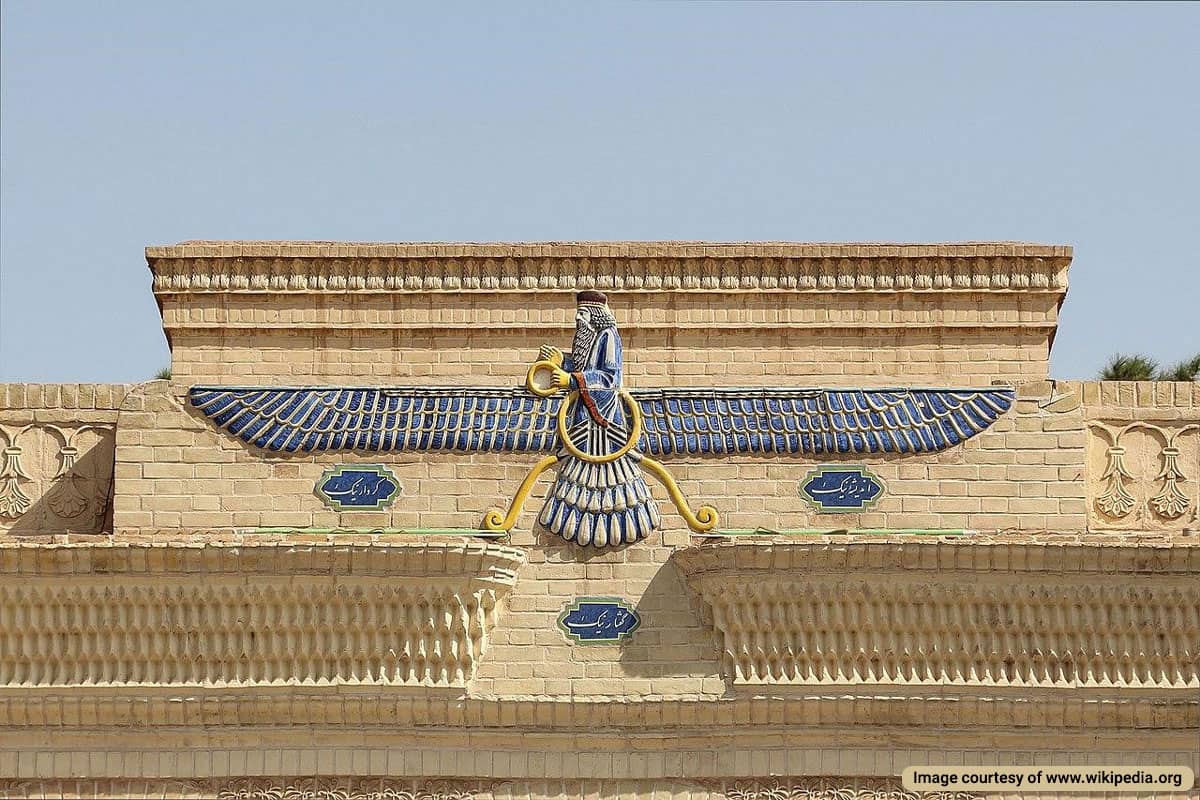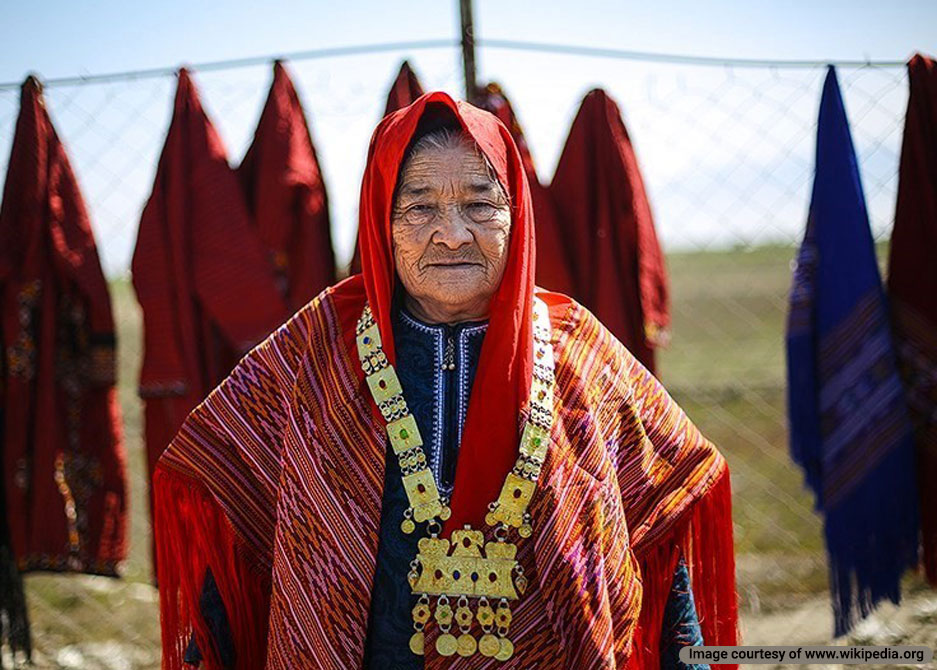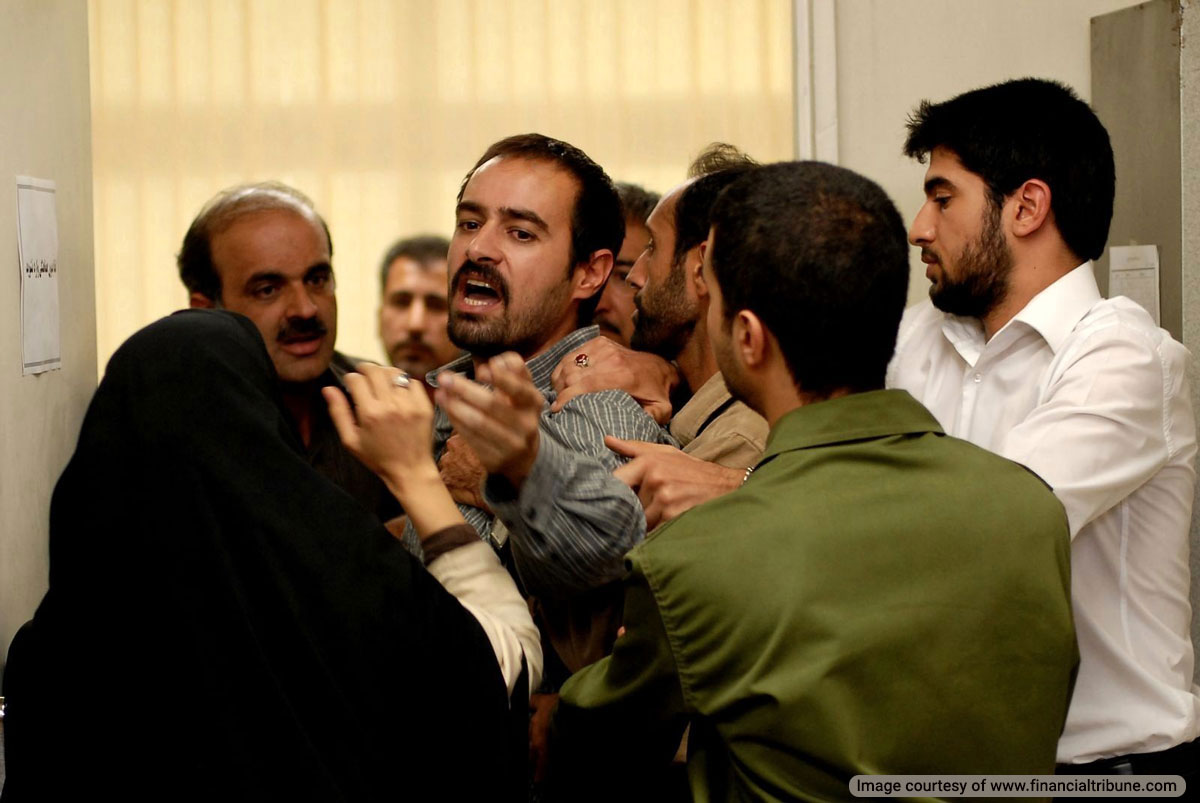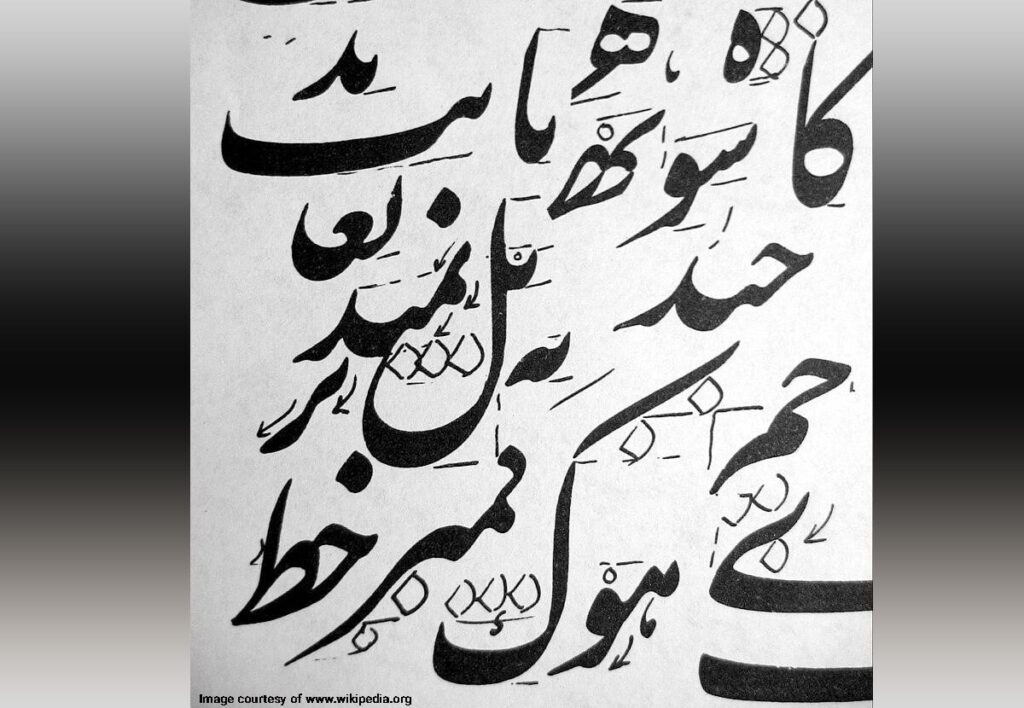
Regarding Persian vs Arabic, many non-Iranian and non-Arabic speakers consider these two languages to be similar. However, a closer examination reveals that they originate from two different linguistic families. Arabic descends from the Afro-Asiatic language family, while Persian comes from the Indo-European family and its subbranch, Iranian languages. Thus, despite some superficial similarities, there are significant differences in the structure and roots of these two languages.
Let’s examine the linguistic similarities and differences between the two languages.
Linguistic Differences Between Persian VS Arabic Language
These two languages have distinct linguistic features, including differences in phonology, morphology, syntax, and lexicon.
Phonological Differences
Phonological differences encompass how sounds are produced and perceived within a language. These include segmental features such as consonants and vowels, as well as suprasegmental aspects like intonation and stress patterns.
Persian is known for its vowel-rich phonology, while a complex consonant system characterizes Arabic. Stress and intonation patterns also diverge between the two languages, contributing to their unique phonetic identities. These phonological differences play a crucial role in shaping the distinct oral characteristics of Persian and Arabic.
Morphological Differences
Persian and Arabic languages feature unique and vastly different word construction and modification systems. The following are key morphological differences between Persian and Arabic.
Differences between word formation in Persian and Arabic:
- Arabic word formation often involves root letters, from which patterns are derived to create words. In contrast, Persian word formation includes affixes and suffixes to modify root words.
- Arabic employs a system of triliteral roots, where words are formed by adding vowels and additional consonants to these roots. Persian, on the other hand, forms words by combining root words and affixes.
- Arabic has a more complex system of word formation, with a wide array of patterns and morphological processes. Persian word formation, while also intricate, relies more on affixation and compounding.
Differences between verb conjugation and noun declension in Arabic and Persian:
- Arabic features a more intricate gender and number agreement in both verbs and nouns, while Persian exhibits a more straightforward system of agreement. Pluralization in Arabic has regular and irregular forms, while in Persian, it is mainly done by adding a suffix.
- Arabic noun declension involves using case endings to indicate grammatical functions, such as nominative, accusative, genitive, etc. In contrast, Persian has a reduced noun declension system, with less reliance on case endings.
- Arabic features a more intricate gender and number agreement in both verbs and nouns, while Persian exhibits a more straightforward system of agreement. Pluralization in Arabic has regular and irregular forms, while in Persian, it is mainly done by adding a suffix.
Lexical and Syntactic Differences
Due to historical and cultural interactions, both languages have borrowed words from each other. These loanwords have enriched the vocabularies of both languages and reflect the long-standing linguistic and cultural exchanges between Persian and Arabic-speaking communities.
Some common loanwords from Arabic in Persian include words related to religion, such as “خدا” (khodā) for God and “قرآن” (Qur’an) for the Quran. Additionally, Persian has adopted Arabic words in various domains such as science, technology, and administration.
Conversely, Persian has also contributed loanwords to Arabic, particularly in literature, art, and administration. Words like “باغ” (bagh) for garden and “دانش” (dânesh) for knowledge have found their way into Arabic from Persian.
Similarities Between Persian VS Arabic Language
Persian and Arabic have several similarities due to centuries of shared history. After Islam arrived in Iran, Iranian scholars had a significant impact on the scientific development of the Muslim world.
Persian Alphabet vs. Arabic Alphabet and Script
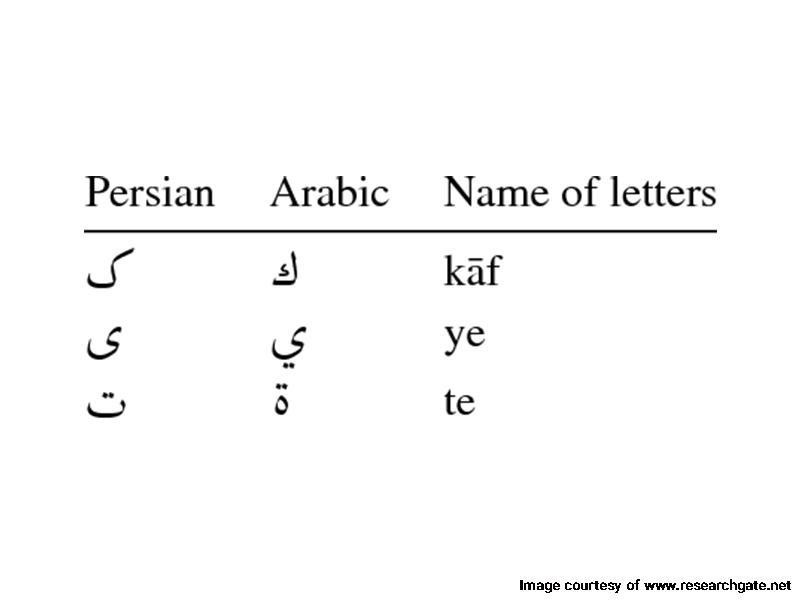
The primary resemblance between Arabic and Persian writing systems lies in the Perso-Arabic script, which is adapted from the Arabic script. While Modern Persian, spoken in Iran and Afghanistan, uses this script, it’s important to note that Persian has made specific modifications to better represent its distinct sounds. Both languages are written from right to left, but Modern Persian features five additional letters to accommodate sounds absent in Arabic. These adaptations underscore the uniqueness of Persian while reflecting its historical connection to the Arabic script.
- پ (pe): Pronounced like the English “p” (e.g., “paper”).
- چ (che): Sounds like the English “ch” (e.g., “champion”).
- گ (Qaf): Represents the sound “g.”
- ژ (zhe): Similar to the French “j” (e.g., “jeans”).
- There is an obsolete letter ڤ “β) which is no longer used in the Persian language.
Grammar and Pronunciation
Grammar
While the grammar structures differ significantly, there are still some similarities. Both languages have ties to Islam, which has influenced their linguistic development.
Pronunciation
Although the scripts look alike, the pronunciation varies. Imagine English and French—similar alphabets but distinct sounds. If a Persian speaker and an Arabic speaker encounter each other’s language, they might recognize major words but struggle to understand the details or context.
Vocabulary Overlap
The two languages share a significant amount of vocabulary, primarily flowing from Arabic to Persian. This overlap is due to historical and cultural interactions.
For instance, the common greeting “سلام” (salām) means “hello” in both languages. This is a basic example, as between 40-60% of modern Persian vocabulary has Arabic roots.
Persian and Arabic Language Historical Background
The historical background of Persian and Arabic languages provides essential insights into their distinct identities and cultural significance. Both languages have rich histories that reflect the diverse civilizations of the Middle East.
Origins and Development of the Persian Language
The contemporary Persian language, New Farsi, is a Western Iranian language from the Indo-European family. It evolved from Classical Persian, which developed in the 10th century CE and was prevalent among Iranians until the 18th century. Before that, Early New Persian served as the common language during the 9th and 10th centuries.
New Farsi directly descends from Middle Persian (Pahlavi) and Old Persian, tracing its roots back to the pre-Islamic era, specifically the Sassanid and Achaemenid periods. Old Persian was recorded in a cuneiform script from the 6th to the 4th centuries BCE, and the Pahlavi and Manichaean scripts were derived from Aramaic, widely used until the Arab invasion of Persia.
Following the Muslim conquest, the Perso-Arabic script emerged, marking a significant shift in literary expression. Initially, Arabic dominated as the written language, but New Persian quickly gained traction, particularly for praise poetry in royal courts. A pivotal moment in the revival of the Persian language and cultural identity came with Ferdowsi’s creation of the Shahnameh. This monumental work, along with contributions from subsequent poets and writers, has allowed the Persian language to evolve and flourish into its modern form, establishing it as a vital element of Iranian culture and literature today.
Origins and Development of the Arabic Language
Modern Standard Arabic is a Central Semitic language from the larger Afro-Asiatic linguistic family. It is a descendant of the Old Arabic language, a term used to describe all varieties of the Arabic language before Islam. Old Arabic developed in the Arabian Peninsula and Levant during the first millennium BCE.
In the 7th to 9th century, Classical Arabic emerged as the next step in the linguistic evolution of Arabic. It is the liturgical language of Islam used in the Quran and the official language of Islamic Caliphates. Modern Standard Arabic is the present-day form of Arabic that developed in the 18th and 19th centuries and is the literary and spoken language of the Arab World.
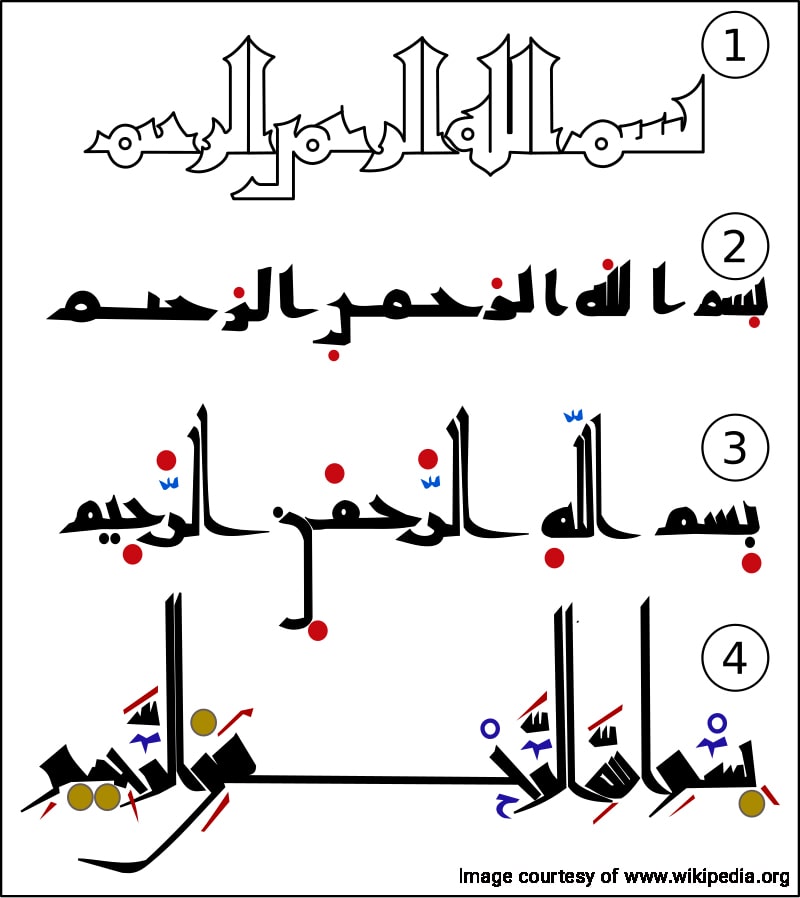
Persian VS Arabic Culture: Differences and Similarities
Persian and Arabic cultures have coexisted in a geographical area known as the Middle East. Their cultural exchange results from this co-existence and scientific and economic trade. The shared influence of Islam is a significant factor in the development of cultural similarities.
Influence of Islam on Persian and Arabic Languages
Studying the Quran and celebrating Islamic holidays and occasions such as Ramadan and the Mecca pilgrimage have shaped modern Persian and Arabic cultures. One of the similarities that makes most people mistake the two languages is the development of Islamic Calligraphy, which distributes Islamic texts using the Arabic script.
Literature and Art
Iranians who converted to Islam made significant contributions to the art and literature of the Islamic world. Their unique cultural heritage enriched the broader Muslim culture, and this influence is reflected in the Persian and Arabic languages after the advent of Islam. The fusion of Persian artistic sensibilities and Islamic themes created a vibrant literary tradition that celebrated religious and philosophical ideas and showcased the depth of Iranian history and identity within the Islamic context.
Post-Islamic Persian literature is appreciated for its poetry, especially Ghazals and Masnavi, which center around love, Sufi mysticism, and philosophy. Some of the most famous Persian poets are Hafez, Saadi Shirazi, Rumi, and Omar Khayyam.
Calligraphy is one of the shared art forms adored by both Persians and Arabs since the spread of Islam. It was initially developed for writing the Quran but was gradually used to inscribe poetry and prose with style. There are many styles of calligraphy, some of which are shared between Persian and Arabic calligraphy. There are styles unique to Persian and Arabic, which have specific functions and are used to illustrate certain concepts, such as religious texts, poetry, etc.
How to Recognize Persian VS Arabic Language
Persian and Arabic use the same script, making it difficult to differentiate between them without learning the alphabet. The best way to recognize Persian and Arabic is to know one of the languages. Another way is to spot the four distinct letters used in Persian (پ چ گ ژ).
Additionally, Arabic texts use a variety of eight main diacritic signs iʻjām (إِعْجَام), and supplementary diacritics tashkīl (تَشْكِيل). This is because slight vowel changes in Arabic can change the meaning of a word. In Persian, these signs are mostly implied since there is slight vowel variation for words.
Frequently Asked Questions About Persian VS Arabic Language
Please let us know in the comments if you have any other questions about the differences and similarities between Persian and Arabic. We will respond as soon as possible.
What is the difference between Persian and Arabic?
Farsi and Arabic are distinct languages with different linguistic roots and characteristics. Arabic is Semitic, while Persian (Farsi) is Indo-European, specifically part of the Iranian branch. The two languages differ significantly in grammar, vocabulary, and pronunciation. For instance, Arabic has a complex system of roots and patterns for word formation, whereas Persian has a more straightforward structure.
Do Persian and Arabic use the same alphabet?
It is incorrect to say that Persian and Arabic are both written in the Arabic script, as the two languages have adapted the script differently. Arabic derived its alphabet from various Aramaic scripts, and Persians similarly adopted this writing system with modifications to suit their language. Historically, the Arabic scholars had a limited understanding of grammar, which suggests that they could not exert such a strong cultural influence on the educated Iranian population.
How similar are Persian and Arabic languages?
Persian and Arabic have some similarities due to shared historical and cultural influences. Both use the Arabic script, which creates visual similarities in writing. Also, Persian has borrowed many words from Arabic, especially in areas like religion, literature, and science, resulting in vocabulary overlap.
Why is Persian written in Arabic script?
Persian is written in Arabic script primarily due to historical and cultural influences following the Islamic conquest of Persia in the 7th century. When Arabs conquered Persia, the Arabic language and script were introduced, and over time, Persians adopted the Arabic script for writing.
Which language has more speakers, Farsi vs Arabic?
Arabic has a more significant number of speakers, estimated at over 300 million native speakers. On the other hand, Persian has around 85 million speakers, primarily in Iran. Approximately 10 to 15 million people speak Persian outside of Iran. Significant Persian-speaking communities can be found in countries like Afghanistan, where the language is known as Dari, and Tajikistan, where it is referred to as Tajik. Additionally, there are sizable Persian-speaking diasporas in various countries, including the United States, Canada, and some European nations, due to immigration and historical ties.
What is the difference between Persian VS Arabic language grammar?
Persian has a simpler grammatical structure, lacking noun cases and gender distinctions. Arabic grammar is more complex, featuring various verb forms, noun cases, and gender classifications.



